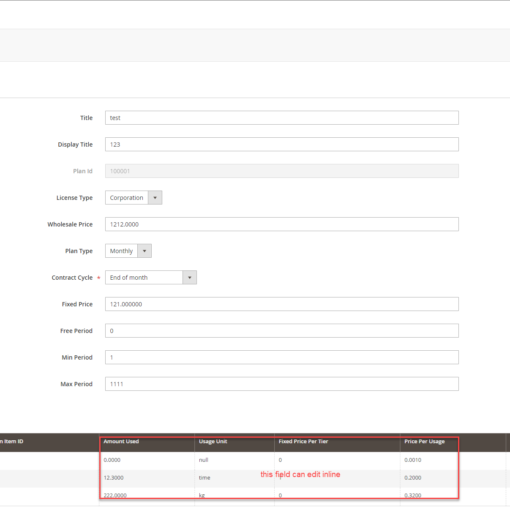After talking to thousands of people over the last few years, I’ve learned that there are a lot of misconceptions floating around the cloud. Some of this is due to the inherent unease that many feel with anything new. Other misconceptions reflect the fact that all the technologies are evolving rapidly, with new services and features appearing all the time. What’s true one month is overtaken the next by a new and improved offering. With that said, here are some of the most common misconceptions. Parts of this list were adapted from work done at the University of California, Berkeley.
The Cloud is a Fad
Given the number of once-promising technologies that have ended up on history’s scrap heap, there’s reason to be skeptical. It’s important to be able to respond quickly and cost-effectively to changes in one’s operating environment; this is a trend that’s unlikely to reverse itself anytime soon, and the cloud is a perfect fit for this new world.
Applications Must be re-architected for the Cloud
I hear this one a lot. While it’s true that some legacy applications will need to be re-architected to take advantage of the benefits of the cloud, there are also many existing applications using commercial or open source stacks that can be moved to the cloud more or less unchanged. They won’t automatically take advantage of all the characteristics enumerated above, but the benefits can still be substantial.
The Cloud is Inherently Insecure
Putting valuable corporate data somewhere else can be a scary proposition for an IT manager accustomed to full control. Cloud providers are aware of this potential sticking point, taking this aspect of the cloud very seriously. They’re generally more than happy to share details of their security practices and policies with you. Advanced security systems, full control of network addressing and support for encryption, coupled with certifications such as SAS 70,8 can all instill additional confidence in skeptical managers.
The Cloud is a Single Point of Failure
Some developers wonder what happens if the cloud goes down? Unlike traditional data centers, the AWS cloud offers a wide variety of options for functional and geographic redundancy to ensure high availability.
The Cloud Promotes Lock-in
Because you can run existing applications on the cloud, they can be moved off as easily as they can be moved on. Operating systems, middleware, and applications can often be run in a cloud environment with little or no change. Of course, applications can be updated to take advantage of services offered by the cloud and that’s what we’ll be exploring in this book.
The Cloud is Only Good for Running Open Source Code
This argument no longer holds water. Commercial operating system and application software vendors now recognize the cloud as a legitimate software environment and have worked to ensure that their applications have the proper cloud-friendly licenses. Forward-thinking vendors are now making their licensed software available on an hourly, pay-as-you-go basis. Instead of buying, for ex- ample, a database license for tens or even hundreds of thousands of dollars, you can gain access to the same database for a few dollars per hour.
Cloud Resources Are Too Expensive
Making a genuine comparison between internal IT resources and equivalent cloud computing resources has proven to be a difficult task.9 Establishing the complete, all-inclusive cost of internal resources requires a level of tracking and accounting that’s absent in most large- or mid-sized organizations. It’s far too easy to neglect obvious costs, or to compare internal resources at a permanent hourly cost to scalable cloud resources that cost nothing when idle.

